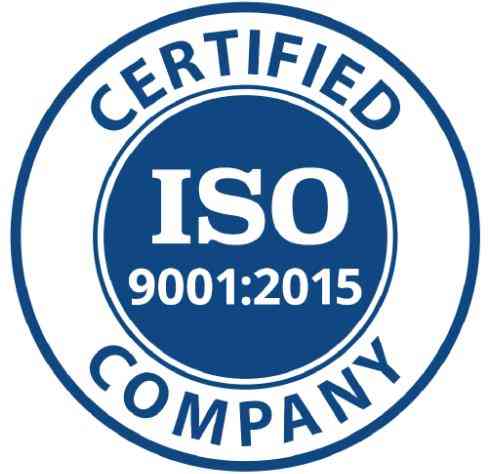|
Rçf. NO. : ISO/R 875-1968 (E)
IS0
I N T E R N AT I O N A L O R G A N 1 Z AT I ON FOR S TA N DARD 1 ZATl ON
IS0 RECOMMENDATION
R 875
DETERMINATION OF SOLUBILITY
OF ESSENTIAL OILS IN ETHANOL
1st EDITION
November 1968
COPYRIGHT RESERVED
The copyright of IS0 Recommendations and IS0 Standards
belongs to IS0 Member Bodies. Reproduction of these
documents, in any country, may be authorized therefore only
by the national standards organization of that country, being
a member of ISO.
For each individual country the only valid standard is the national standard of that country.
Printed in Switzerland
Also issued in French and Russian. Copies to be obtained through the national standards organizations.
---------------------- Page: 1 ----------------------
BRIEF HISTORY
The IS0 Recommendation R 875, Determination of solubility of essential oils in ethanol, was
drawn up by Technical Committee ISO/TC 54, Essential oils, the Secretariat of which is held by the
Repartiçao de Normalizaçlo (IGPAI).
Work on this question by the Technical Committee led, in 1964, to the adoption of a Draft
IS0 Recommendation.
v
In November 1965, this Draft IS0 Recommendation (No. 869) was circulated to all the IS0
Member Bodies for enquiry. It was approved, subject to a few modifications of an editorial nature,
by the following Member Bodies :
Argentina Ireland Portugal
Belgium Israel Romania
Brazil Italy South Africa, Rep. of
Canada Japan
Sweden
Chile Korea, Rep. of Turkey
France Netherlands United Kingdom
Germany New Zealand U.S.S.R.
India Poland Yugoslavia
No Member Body opposed the approval of the Draft.
The Draft IS0 Recommendation was then submitted by correspondence to the IS0 Council,
which decided, in November 1968, to accept it as an IS0 RECOMMENDATION.
-2-
---------------------- Page: 2 ----------------------
ISO/R 875-1968 (E
N ove m be r 1 968
IS0 Recommendation R 875
DETERMINATION OF SOLUBILITY
OF ESSENTIAL OILS IN ETHANOL
1. SCOPE
This IS0 Recommendation describes the method to be used and the visual observations to be made
in determining the solubility of essential oils in suitable dilutions of ethanol.
2. DEFINITIONS
2.1 An essential oil is said to be soluble in V volumes and more of ethanol of given strength t,
when the clear solution in V volumes remains clear after further addition of ethanol of the
same strength up to a total of 20 volumes of ethanol.
2.2 An essential oil is said to be soluble in V volumes of ethanol of given strength t, and to become
cloudy when diluted, when the clear solution in V volumes becomes cloudy and stays so
after further gradual addition of ethanol of the same strength up to a total of 20 volumes of
ethanol.
An essential oil is said to be soluble in V volumes of ethanol of given strength t, and becomes
2.3
cloudy in V 'volumes (V '< 20), when the clear solution in V volumes becomes cloudy and stays
so after further gradual addition of ethanol of the same strength up to a total of V'volumes
of ethanol.
2.4 An essential oil is said to be soluble with Opalescence when the alcoholic solution on being
diluted shows a bluish tinge, this colour being similar to that of the standard of opalescence,
freshly prepared in accordance with clause 4.2.
3. PRINCIPLE OF METHOD
An aqueous ethanol solution of suitable known concentration is added progressively at a temperature
of 20 "C to an essential oil and the degree of miscibility is observed.
-3-
---------------------- Page: 3 ----------------------
ISO/R 875-1968 (E
4. REAGENTS
4.1 Dilute solutions of ethanol. Solutions of 50, 55, 60, 65, 70, 75, 80, 85, 90 and 95 'Io (vlv)
are normaiiy used.
To prepare these solutions use ethanol as pure as possible and follow the directions given in
the Annex. Check their strength with an alcoholmeter or a densimeter.
4.2 Standard solution for opalescence. Add 0.5 cm3 of 0.1 N silver nitrate solution to 50 cm3 of
0.0002 N sodium chloride solution and one drop of 25 (mlm) nitric acid. Stir the solution
and allow it to stand for 5 minutes.
5. APPARATUS
5.1 Burette, 25 or 50 ml, Class B (see IS0 Recommendation R 385, Burettes).
...














